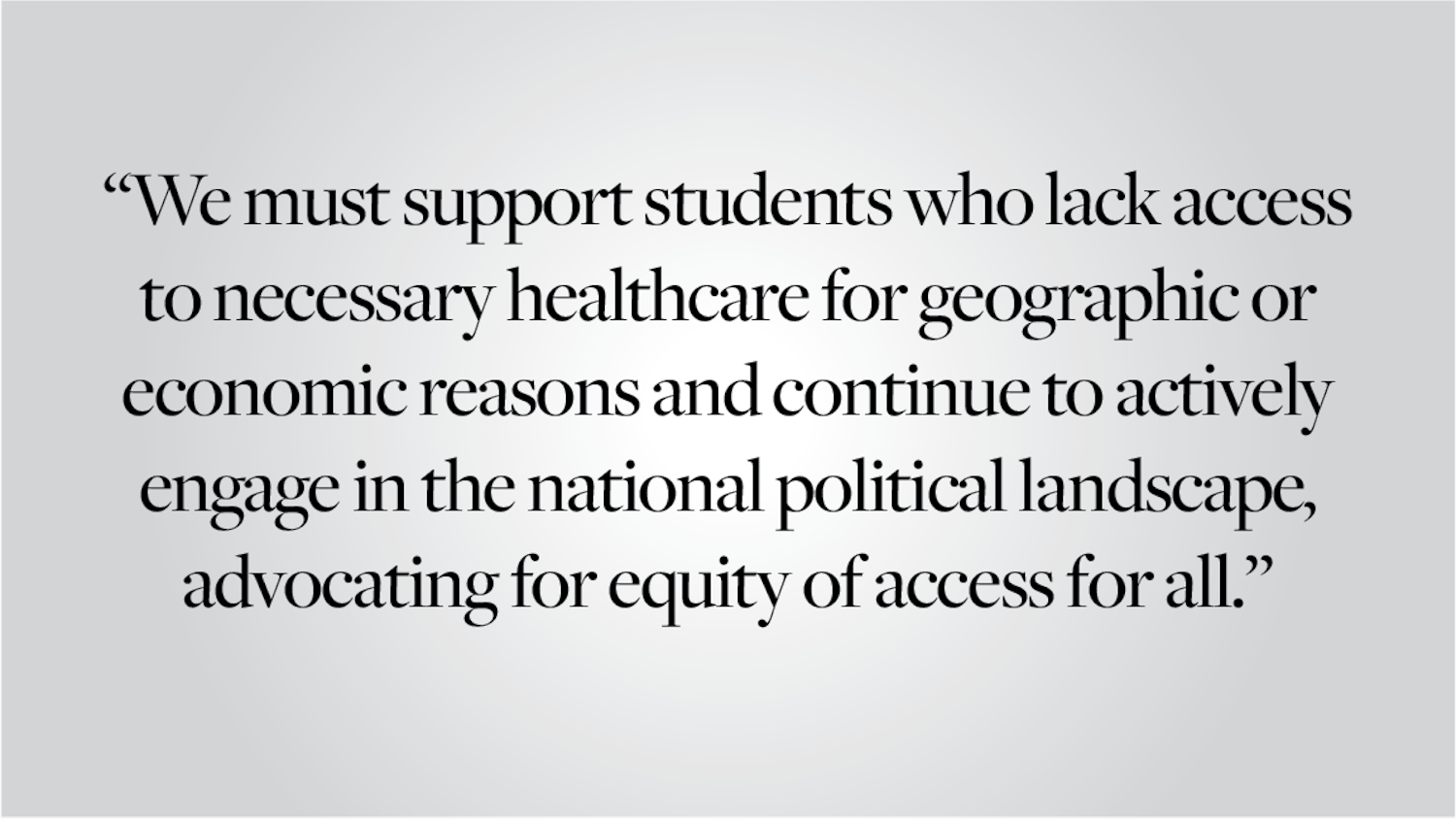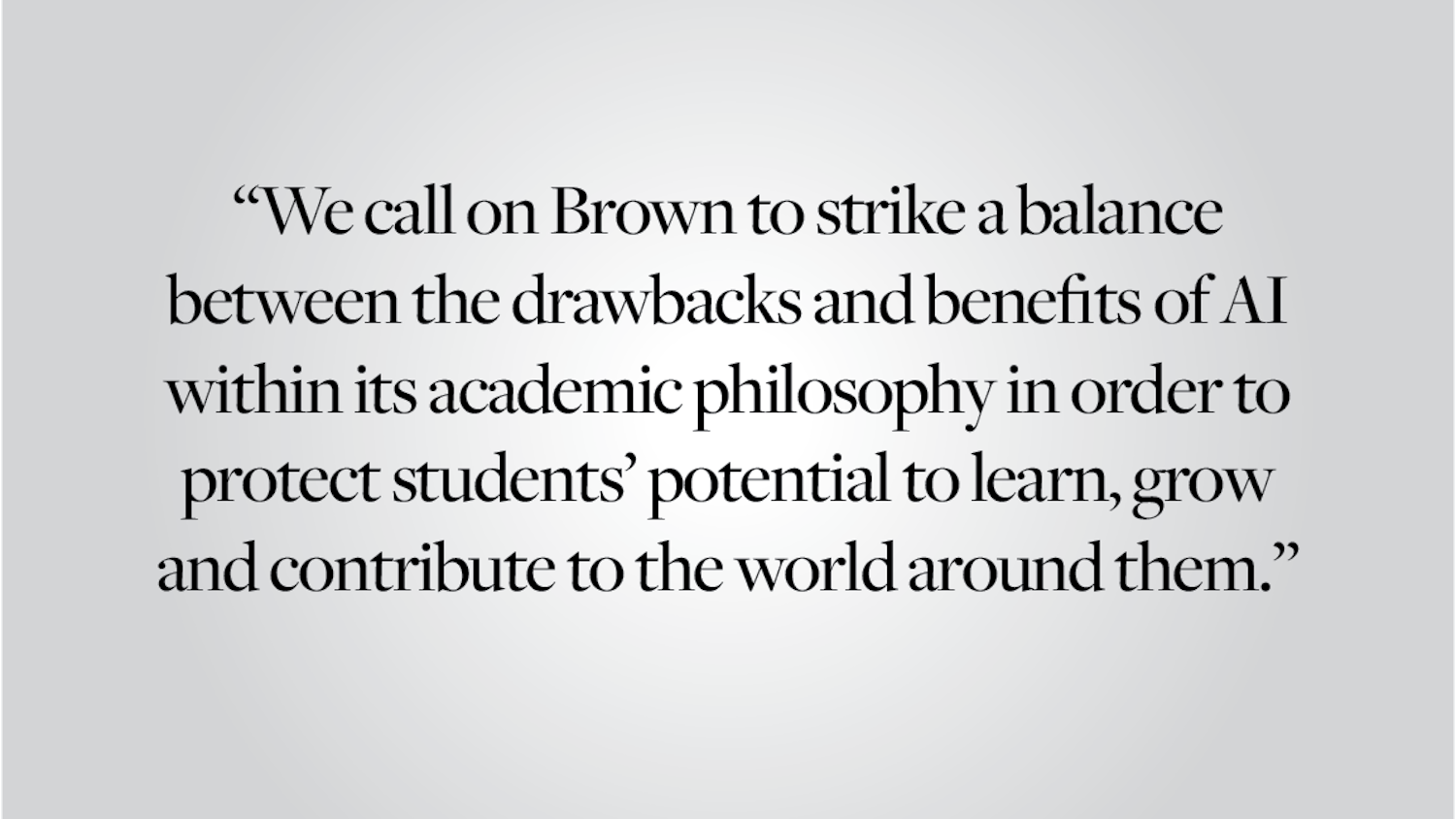The University is making a measured attempt to recruit students from rural areas, beyond the major cities from which many Brown students hail. “There are wildly talented students all over the country, and it’s our responsibility to make Brown accessible,” Dean of Admission ’73 recently told The Herald. We believe the effort to bring in students from underrepresented, rural and often low-income backgrounds is crucial in increasing diversity on campus, and the University must be willing to devote a substantial amount of resources to achieve this long-term endeavor.
According to the University’s Admission website, the undergraduate student body represents all 50 states and hails from 104 countries. In terms of geographic reach, the student body is incredibly diverse, but some U.S. states receive far more representation than others. Unsurprisingly, the overwhelming majority of Brown students hail from the nation’s major cities and surrounding suburbs. As The Herald reported Friday, the four most represented states in the 2018 applicant pool — California, New York, Massachusetts and New Jersey — also comprise almost half of the overall domestic applicant pool. In comparison, few students hail from the Midwest, Central and Mountain regions and even fewer still from these rural areas. If fewer students hail from Kansas than one can count on two hands, there is still significant work to be done.
The Office of Admission has begun efforts to counter the obstacles that make recruiting in rural areas difficult. To begin, many rural students simply do not have Brown on their radars. For many of these high school students, attending an elite private institution does not seem desirable or attainable. Many factors, including societal expectations, educational opportunities and monetary resources, contribute to this norm.
Many rural students are often hesitant to apply to an institution like Brown. Providence may seem like an overwhelming city for those who have grown up and spent their whole lives in small towns. As The Herald reported, some students worry about experiencing the “East Coast culture shock” that comes with such a transition. In addition, many low-income students perceive that Brown is a place full of wealth and privilege, an undesirable and intimidating environment that is extremely different from their home towns.
The University has begun implementing outreach programs in order to spread knowledge about Brown to underrepresented areas. Miller has announced the Admission Office’s attempts to raise awareness in rural areas by traveling and using the Internet and other electronic means to penetrate hard-to-reach areas. Admission officers also must raise awareness about the University’s generous financial aid policies and be ready to provide that monetary support to low-income students. It will be crucial to spread the message that contrary to popular notions of wealth, 49 percent of the class of 2017 is actually receiving some type of need-based aid and the average package is over $40,000.
Despite the University’s efforts, there is work to be done, and Brown is not alone in targeting underrepresented areas to recruit students. At a recent White House summit on college costs, over 100 institutions projected their plans to expand financial assistance and outreach programs to lower-income and underrepresented areas. Yale announced a partnership with Harvard, Princeton and the University of Virginia that will “conduct outreach sessions in 18 cities where they don’t typically receive many applications, some of which are in Arkansas and South Texas,” CNN reported. These efforts illustrate a truth Brown admission officers are keenly aware of: Rural areas are untapped resources home to some extremely intelligent individuals who simply lack the information and resources to reach elite private institutions. Ramping up outreach programs and financial aid will be essential to bringing these students to Providence and creating a more diverse, talented and innovative student body.
Editorials are written by The Herald’s editorial page board: its editors, Matt Brundage ’15 and Rachel Occhiogrosso ’14, and its members, Hannah Loewentheil ’14 and Thomas Nath ’16. Send comments to editorials@browndailyherald.com.
ADVERTISEMENT




